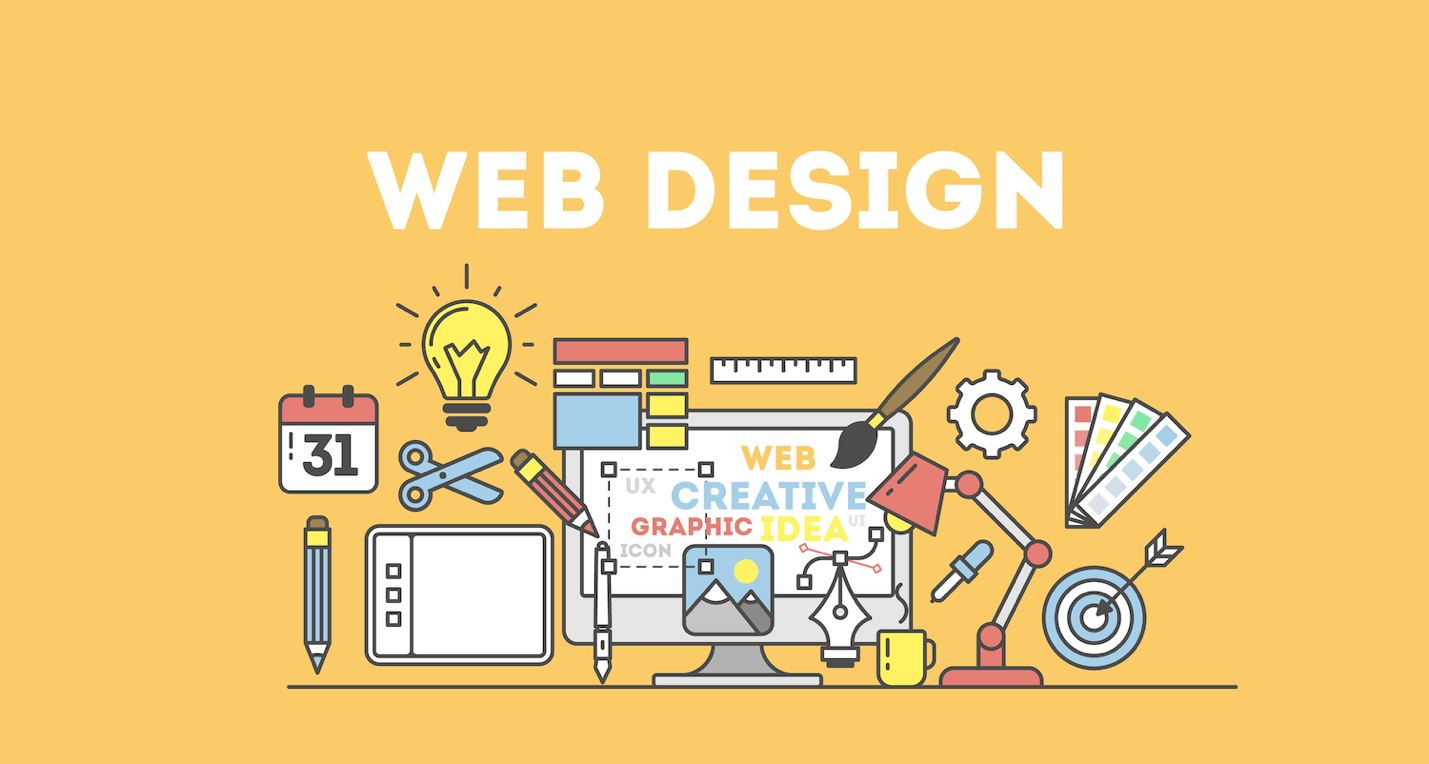Responsive Website Design for Seamless Viewing on Any Device
Responsive Website Design for Seamless Viewing on Any Device
Blog Article
Leading Tips for Developing an Impactful Website Layout That Transforms
To achieve this, one must take into consideration a variety of elements, consisting of recognizing the target audience, focusing on customer experience, and maximizing for mobile platforms. The critical usage of engaging call-to-actions and a distinct aesthetic power structure plays a vital role in assisting customers via their journey.

Understand Your Target Market
Understanding your target market is fundamental to efficient web site design, as it prepares for developing an interesting customer experience. Identifying that your individuals are, including their demographics, choices, and habits, makes it possible for developers to customize the site's web content, format, and performance to fulfill details requirements.
Conducting comprehensive market study is important in this procedure. Studies, interviews, and analytics can provide useful understandings into individual assumptions and discomfort factors. By compiling this information, designers can produce customer identities that represent various segments of the audience, making sure that layout decisions are educated and relevant.
Additionally, understanding the target market aids in picking suitable design components such as color schemes, typography, and images that reverberate with users. An internet site that speaks straight to its target market fosters a feeling of connection and trust, urging longer sees and greater conversion prices.
Eventually, a user-centered method to site style not just enhances individual satisfaction however also supports organization goals by driving engagement and commitment. By prioritizing the demands and preferences of the target market, a web site can efficiently serve its function and achieve preferred end results.
Prioritize User Experience
To improve the general performance of a web site, prioritizing user experience (UX) is vital (Website Design). A properly designed UX makes certain that site visitors can navigate the site effortlessly, find details rapidly, and involve with content meaningfully. This leads to raised individual fulfillment and greater conversion prices
Begin by carrying out intuitive navigating. Menus ought to be practically structured, enabling users to find key areas of the site with minimal effort. Uniformity in layout components, such as color pattern and fonts, fosters familiarity, which is important for preserving individual involvement.
In addition, think about the filling rate of your website. A delay of simply a few seconds can bring about considerable drop-offs, as users are much less likely to wait for a slow-loading page. Improving photos and optimizing code can boost performance and keep site visitors.
Additionally, quality in content discussion is crucial. Use succinct, engaging language and separate text with visuals to improve readability. By prioritizing user experience, you not only develop a much more enjoyable setting for visitors however likewise strengthen your brand's reliability. Eventually, a concentrate on UX is an investment in the long-term success of your internet site.
Maximize for Mobile Gadgets
Maximizing for mobile devices is critical in today's digital landscape, where an increasing variety of users accessibility web sites with smart devices and tablets. A mobile-friendly style not just improves user experience yet likewise plays a substantial duty in improving online search engine positions. To accomplish this, it is important to adopt a responsive style that automatically changes to numerous display sizes and positionings.

Loading rate is another vital element; mobile users are generally less client and expect quick accessibility to details. Maximize pictures and leverage browser caching to boost performance. Ultimately, test your site on multiple gadgets and display resolutions to identify and correct any kind of prospective use issues. By prioritizing mobile optimization, you ensure that your web site stays competitive and efficiently involves a wider target market.
Use Engaging Call-to-Actions
A web site's effectiveness often hinges on its capacity to lead visitors toward wanted activities, making compelling call-to-actions (CTAs) crucial parts of layout. CTAs act as the essential points that Read Full Article guide individuals to involve with the site, whether that means purchasing, enrolling in a newsletter, or downloading and install a resource.
To produce reliable CTAs, quality is vital. Usage succinct language that plainly interacts the action you want the customer to take. Expressions such as "Start," "Authorize Up Free," or "Shop Now" not only convey urgency yet additionally get rid of uncertainty. The positioning of CTAs is equally important; they ought to be strategically positioned throughout the website to guarantee they are quickly visible, specifically in high-traffic areas.
Moreover, the design of CTAs ought to stick out without being meddlesome. Use contrasting colors and clear fonts to ensure they capture interest. In addition, consider making use of directional hints, such as arrows or photos, to direct customers toward these switches. By focusing on these components, services can substantially boost individual engagement, driving conversions and inevitably achieving their internet site's objectives.
Focus on Visual Power Structure
Reliable website style depends heavily on a well-structured visual pecking order that guides users via material perfectly. By organizing components in a manner that focuses on information, developers can boost user experience and facilitate decision-making. This involves making use of size, color, contrast, and spacing purposefully to attract focus to the most essential elements of a page.
Using larger typefaces he has a good point for headings and subheadings establishes a clear distinction in between various sections, permitting individuals to scan content easily. Additionally, using contrasting shades for switches and calls-to-action can catch individual interest and encourage interaction. Whitespace is an additional vital part; it stops clutter and allows individuals to focus on key messages without distractions.
Images and graphics ought to complement the message while likewise sticking to the established pecking order, reinforcing the overall message (Website Design). Uniformity in layout aspects, such as browse around these guys color pattern and typography, additional reinforces the aesthetic hierarchy, making navigation instinctive

Verdict
In conclusion, reliable website layout demands an extensive understanding of the target audience, prioritization of individual experience, and mobile optimization. Ultimately, a well-executed site design serves as a critical element in driving customer activities and attaining service goals.
Report this page